The “Bombshell” News from the FDA (not really). Let’s Clear the Air…
On the heels of the FDA’s recent leadership transition, there has been a flurry of headlines suggesting that animal testing is being eliminated from the drug development process altogether, resulting in mixed reactions within the industry, and even stock market dips for some of the large provider of animal testing services.
While these kinds of declarations are a reliable (and predicable) way to generate social buzz, they can often be misunderstood and lead to a misrepresented perception of what’s actually happening — worse, the results of these misunderstandings risk undermining public’s trust in the scientific rigor and future direction of drug evaluation.
So first things first, let me be clear: the FDA did not ban animal testing.
What they did do—what they are doing—is continuing a long-term strategy (that began even before the outset of the last administration) to increase efficiency in drug development by expanding the types of tools we use to make data-driven, safety-conscious decisions.
The Soundbite vs. The Substance
Here’s what actually happened… during a hearing to confirm the FDA’s new commissioner, questions were raised about the use of animals in preclinical research. The commissioner indicated support for reducing reliance on animal testing when appropriate, using newer technologies like AI, organoids, and synthetic organs to evaluate certain types of drugs—particularly monoclonal antibodies with well-understood targets.
Almost immediately, headlines boiled this down to a binary: Animal testing is over. But as anyone in our industry knows, this isn’t how the FDA works. And it’s certainly not how biology works.
The truth is, the commissioner’s statement reflects a continued commitment to the goals of the FDA Modernization Act, legislation that began under the previous administration and has been quietly shaping drug development policy for years. The goal? Speed up innovation. Improve efficiency. Add more tools to the toolbox.
That’s a smart approach—but it’s not a revolution. It’s evolution.
Monoclonal Antibodies: A Unique Case
So why monoclonal antibodies? These drugs typically have a simple mechanism of action—they’re designed to target specific immune functions and have relatively predictable behaviors. Because we’ve studied them extensively (yes, often in animals), we now have enough collective data to model them in non-animal systems with a reasonable degree of confidence.
When the FDA says it may reduce the need for animal testing in these scenarios, that’s a good thing. It’s a reflection of how far science has come in understanding these molecules.
But this only applies in very narrow circumstances. Monoclonal antibodies are the exception, not the rule.
Animal Testing Is Still Critical for Complex Drugs, and Will Be for a While…
Let me say this plainly: animal studies remain vital to evaluating more complex drugs—those with multi-system effects, novel mechanisms of action, or unpredictable pharmacodynamics. For these, modeling alone isn’t enough.
At Envol Biomedical, we specialize in nonhuman primate models precisely because they help us evaluate therapies where nuance matters—neurological conditions, gene therapies, immune-modulating agents. These are not “one-size-fits-all” drug candidates. They demand whole-body system evaluations that current AI or in vitro tools simply can’t replicate.
The FDA understands this. That’s why there’s no language in any recent hearing, statement, or legislation that eliminates animal models across the board. Instead, the FDA is working to reduce unnecessary testing where it’s safe and scientifically sound to do so.
It’s About Adding Tools, Not Removing Them
This is not a referendum on animal research. It’s a continuation of a modernization effort aimed at reducing bottlenecks, not cutting corners.
New Approach Methodologies (NAMs)—like in silico modeling, synthetic organs, or 3D bioprinting—are incredibly exciting. They enhance what we can do. But they don’t yet replace the need for animal models, especially in the early development and safety evaluation phases.
As I said in our internal discussions this week, this is about having more tools in the toolbox, not fewer. And that’s a win for both science and patients.
The Call to Action: Context Over Clickbait
The headlines may have you believe that animal testing is done. It’s not. Not even close.
Here’s the actual takeaway:
- This shift only affects specific drug classes, like monoclonal antibodies, and only when validated alternatives exist.
- It supports a broader goal of drug development efficiency, not a wholesale rejection of established scientific practice.
- It continues the FDA’s mission to evolve with the science, not politicize it.
So let’s not allow misunderstood soundbites to overshadow what’s really happening: an intentional, thoughtful modernization of the drug development process.
Final Thoughts from an Animal Testing Specialist…
As CEO of Envol Biomedical, I fully support innovation in testing technologies—and I welcome FDA efforts to evolve alongside science. We also support strategies to reduce reliance on animal testing by any means necessary. But we cannot afford to confuse strategic progress with blanket policy change.
We are committed to advancing both animal and non-animal methodologies—responsibly, ethically, and scientifically. Our job is to use every validated tool available to ensure that new drugs are safe, effective, and well-understood before reaching patients. These discussions on the continued evolution of the tools available to increase the efficiency and effectiveness of developing drugs is a win, and our organization looks to continue to contribute in both new technologies and, where appropriate, test systems that may best answer the questions at hand.

